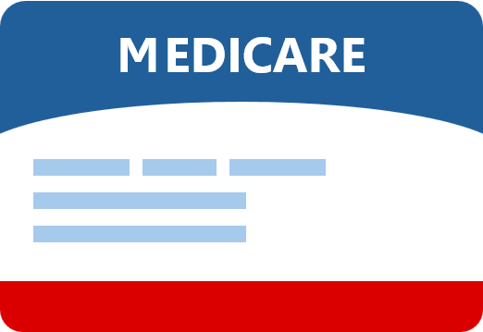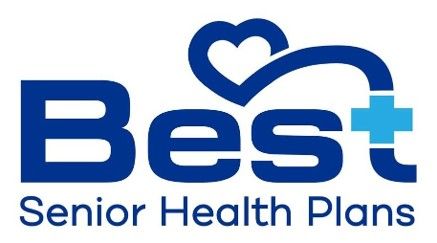Resources
Education is one of our core promises to you. Find the information you need.
Learn More about Medicare
Established in 1965, Medicare marked a significant milestone in American healthcare. It was created to provide health insurance for Americans aged 65+, regardless of income or medical history, and lessen the burden of healthcare costs for seniors. Today's Medicare market can be confusing. The resources below will help you understand coverage options, timelines, and specialized terms used in the Medicare world.


Medicare 101
Many Medicare beneficiaries ask similar questions about Medicare coverage options, benefits, and more. See Medicare 101 for a high-level overview of plan types and options.

Turning 65
Sixty-five is the year you become eligible for Medicare. Learn what you need to know and do when you turn 65. We'll walk you through the essential facts about this significant milestone.

Medicare Glossary
Use this glossary to navigate Medicare more confidently and make informed decisions about your healthcare coverage options.
Ready to Get Started?

Shop for plans and enroll online. Click below to get started!
